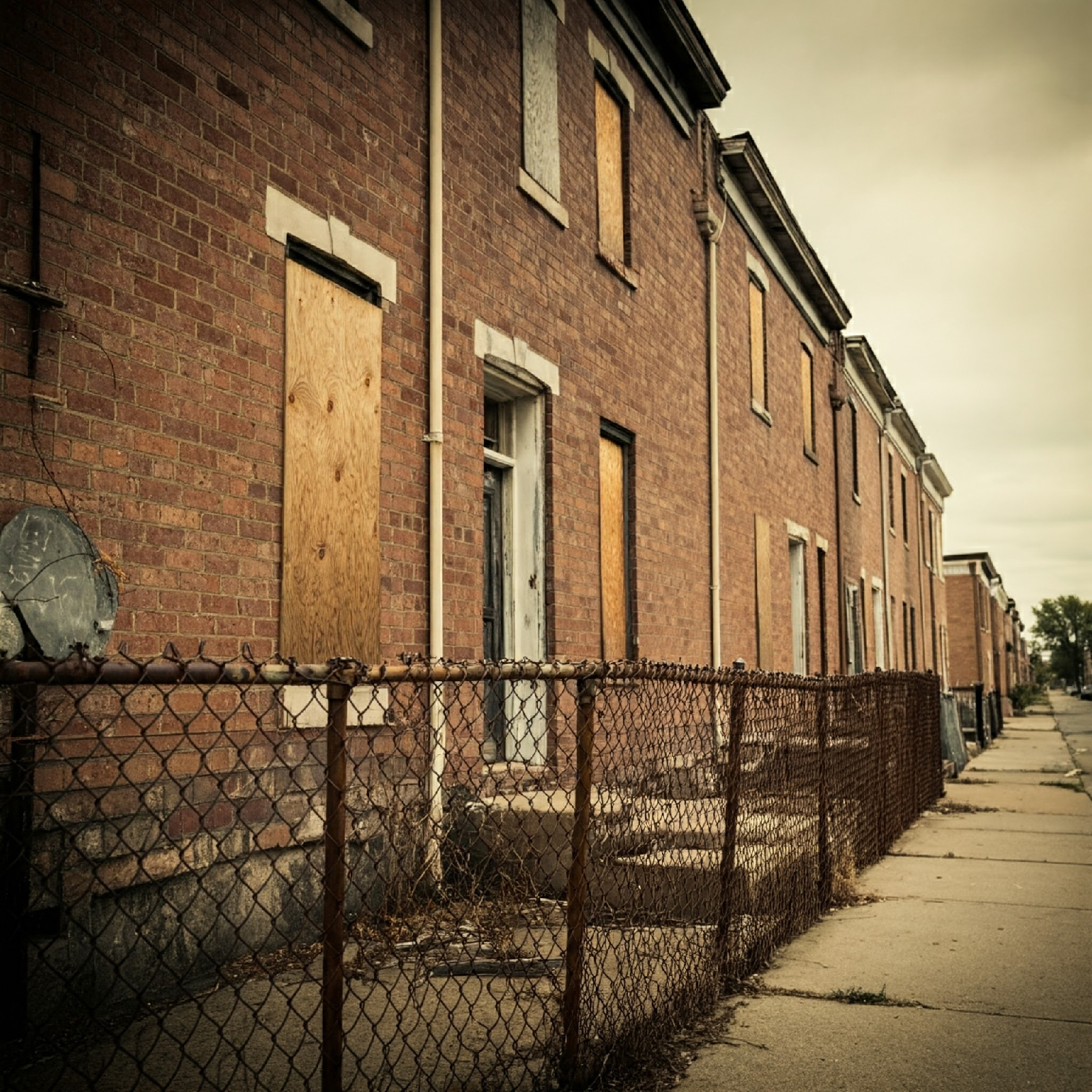---
### **Overview of Poverty Row**
- **Studios:** Monogram Pictures, Republic Pictures, PRC (Producers Releasing Corporation), and others.
- **Genres:** Westerns, film noir, horror, and science fiction.
- **Characteristics:**
- Low production budgets.
- Short runtimes.
- Formulaic but efficient storytelling.
- Reliance on recycled sets, costumes, and music.
- Focus on niche audiences, such as rural or working-class viewers.
Despite their limitations, Poverty Row films often conveyed cultural anxieties, social dynamics, and aspirations through accessible and familiar tropes.
---
### **Semiotic Framework for Analysis**
Semiotics, as developed by **Ferdinand de Saussure** and **Charles Sanders Peirce**, provides a methodology to interpret the "signs" embedded in these films. In this context:
- **Signifier:** The cinematic elements—images, sounds, dialogue, costumes, etc.
- **Signified:** The cultural meanings, themes, and ideologies these elements convey.
- **Denotation and Connotation:** What is explicitly shown (denotation) versus the deeper, implicit meanings (connotation).
---
### **Semiotic Analysis of Poverty Row Films**
#### 1. **Genre as a Sign System**
- **Westerns:**
- **Signifiers:** Cowboys, horses, barren landscapes, saloons.
- **Signified:** Ideals of rugged individualism, frontier justice, and American exceptionalism.
- **Connotation:** A nostalgic longing for simpler times, often as a reaction to industrialization or urbanization.
- **Horror and Sci-Fi:**
- **Signifiers:** Mad scientists, monsters, aliens, dark castles, and laboratories.
- **Signified:** Fear of the unknown, distrust of science, or post-war anxieties (e.g., the atomic bomb).
- **Connotation:** Reflection of societal fears, such as the loss of control over technology or moral decline.
#### 2. **Economic Constraints as a Semiotic Code**
- The low-budget aesthetics of Poverty Row films become **signifiers** of their economic and industrial context.
- Example: Poor lighting and sound may connote mystery or anxiety, even unintentionally.
- Recycled sets and stock footage signify the ingenuity of filmmakers within constraints, creating a meta-commentary on the art of filmmaking itself.
#### 3. **Characters and Archetypes**
- **The Hero:** A familiar archetype often portrayed by lesser-known actors, signifying hope and morality.
- **The Villain:** Over-the-top and caricatured, representing societal "others" (e.g., outlaws, foreign enemies, or mad scientists).
- **The Femme Fatale:** In noir-inspired Poverty Row films, this archetype represents post-war anxieties about shifting gender roles.
These archetypes serve as signifiers for broader cultural narratives and anxieties of the era, such as the Great Depression, World War II, or the Cold War.
#### 4. **Narrative and Ideology**
- **Binary Oppositions:** Common in Poverty Row films (e.g., good vs. evil, order vs. chaos), reflecting Claude Lévi-Strauss's structuralist theory of myth.
- Example: Westerns often pit lawmen against outlaws, symbolizing a battle for civilization.
- **Ideological Subtext:** Despite their simplicity, these films often reinforce hegemonic values such as patriotism, capitalism, or the nuclear family. However, they occasionally subvert these values through unintended absurdities or ironic interpretations.
#### 5. **Visual and Aural Semiotics**
- The visuals (e.g., chiaroscuro lighting in noir) and sound design (e.g., melodramatic scores) convey emotional and thematic undertones.
- Example: A dark alley in a crime film not only signifies danger but also connotes societal corruption and moral decay.
---
### **Cultural Impact and Interpretation**
While often viewed as disposable entertainment, Poverty Row films provide a rich field for semiotic analysis because they:
1. **Reflect Cultural Anxieties:** Their themes often mirror the fears and desires of working-class audiences during times of economic and political uncertainty.
2. **Showcase Industrial Practices:** The resourcefulness in low-budget filmmaking signifies the adaptability of Hollywood as a cultural machine.
3. **Subvert Expectations:** The simplicity and absurdity of some films can unintentionally critique mainstream Hollywood values, offering room for alternative readings.
---
### **Legacy of Poverty Row Through Semiotics**
- **Postmodern Reassessment:** In hindsight, the stylistic quirks and formulaic plots of Poverty Row films can be seen as precursors to later genres, such as camp or cult cinema.
- **Intertextuality:** These films often borrowed from and inspired higher-budget productions, contributing to Hollywood’s evolving language of signs.
- **Irony and Subversion:** Semiotic analysis reveals how unintended humor or absurdity in these films can transform them into ironic critiques of the very ideologies they sought to uphold.
---
In conclusion, Poverty Row films, through the lens of semiotics, transcend their low-budget origins to become cultural artifacts rich in meaning. They encapsulate the signs of their time, reflecting both the limitations and aspirations of early 20th-century American cinema.

No comments:
Post a Comment